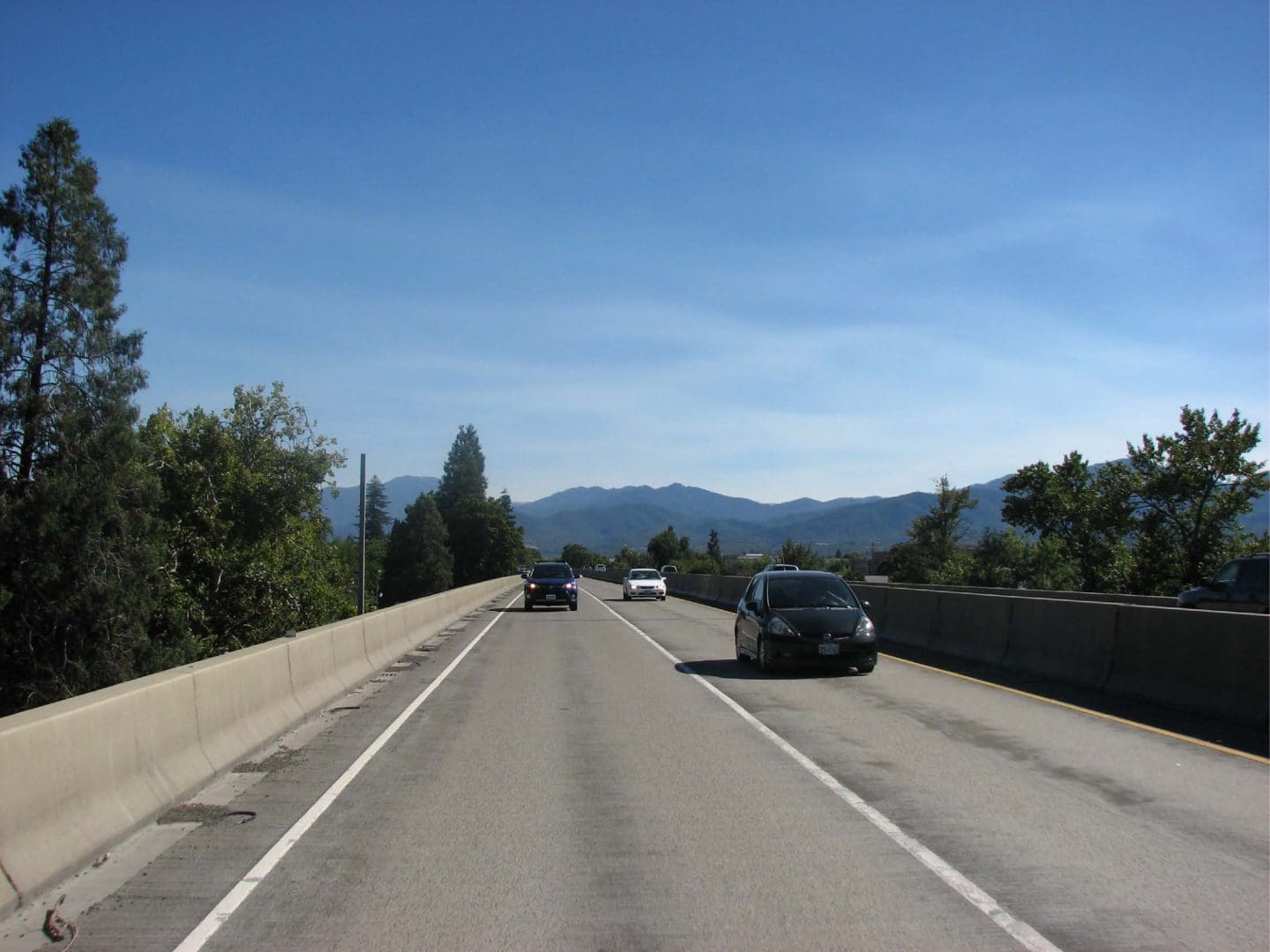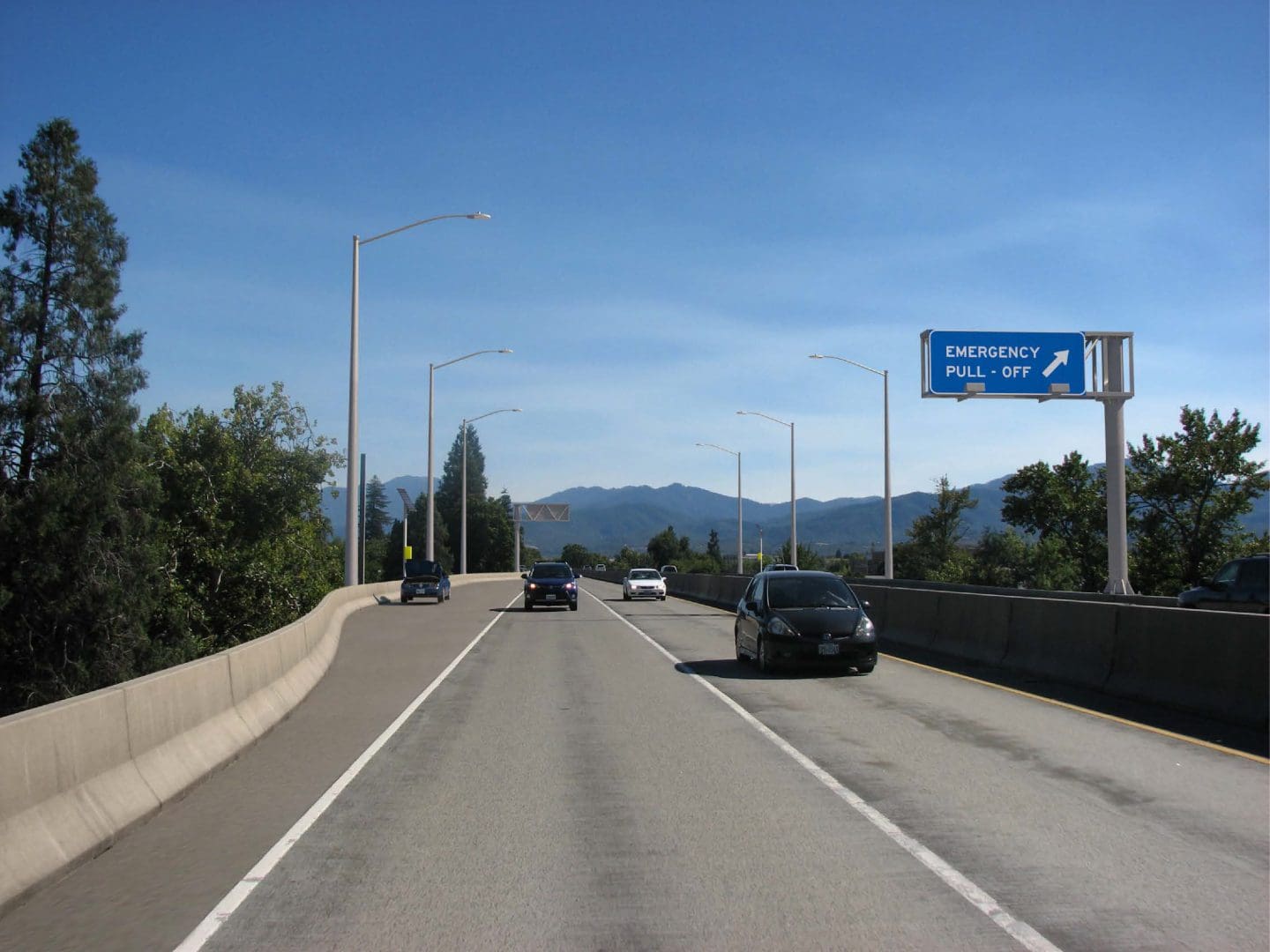Challenge
Built in 1962, the Medford I-5 Viaduct is located approximately midway between the north and south Medford I-5 interchanges. The existing 3,200-foot long bridge structure has two lanes in each direction with no shoulder and is structurally obsolete. The Oregon Seismic Lifelines Identification Project identified this segment of I-5 as part of the Tier 1 Lifeline Route network; segments of this network were recommended to receive top priority for seismic upgrade projects to maintain a network of lifeline routes in the event of a major earthquake. Kittelson was hired to complete a study that would assess the operational, safety, roadway cross-sectional, and seismic structural needs of the viaduct.
Solution
The Kittelson Team analyzed seven various retrofit, rebuild, and reroute alternatives for improving the elevated section of I-5 in downtown Medford. A model was used to simulate how the viaduct would perform during both a Cascadia Subduction Zone offshore earthquake and the 1,000-year return period local earthquake. These earthquakes have different magnitudes, durations, depths, and locations, and therefore, they affect the viaduct’s components in different ways. The model showed that most of the viaduct’s substructure components would be vulnerable to damage in these seismic events. Because of this, our team identified retrofitting the existing bridge to meet current seismic standards as the preferred solution. We also performed detailed transportation analyses, including existing merge and diverge operational performance, origin-destination study, travel time reliability study, and review of crash data.

Before

After
The Outcome
Seismic Upgrades to a Tier 1 Lifeline Route Network
The study included three different alternatives to improving the safety, operational and seismic structural needs of the viaduct. Of the three alternatives, the recommended alternative was to seismically retrofit the viaduct to the east and widen it to a 94-foot cross-section, providing an 8-foot shoulder in each direction. This option addresses the viaduct’s safety, traffic operations, and maintenance issues, and is forecasted to provide sufficient roadway capacity through 2065 at the current traffic growth rate.



